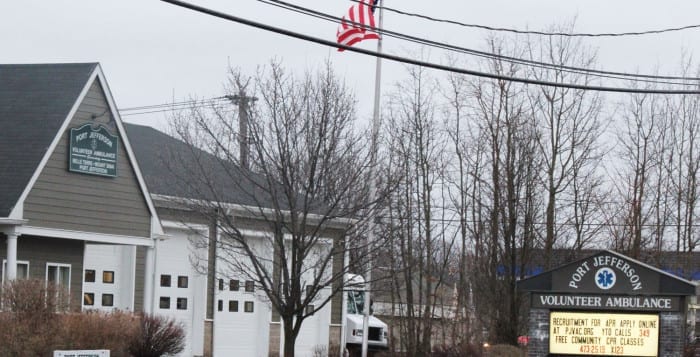By Michael Christodoulou

If you work for a midsize or large company, you may soon be able to review your employee benefits package, as we are entering the open enrollment season. So, consider your options carefully, with an eye toward making changes appropriate for your needs. Here are some of the key areas to look at:
RETIREMENT PLAN
Depending on your employer, you could change your 401(k) or similar retirement plan at any time of the year, but you might want to use the open enrollment season to review your contribution amounts. If your salary has gone up over the past year, you might want to boost your pre-tax contributions (including catch-up contributions beginning at age 50). At a minimum, try to put in at least enough to earn your employer’s match, if one is offered. At the same time, look over how your contributions are allocated among the various investment options in your plan. You’ll want your investment mix to reflect your goals, risk tolerance and time horizon.
LIFE INSURANCE
If your employer offers group life insurance at no cost as an employee benefit, you may want to take it — but be aware that it might not be enough to fully protect your family should anything happen to you. You may have heard that you need about seven to 10 times your annual income as a life insurance death benefit, but there’s really no one right answer for everyone. Instead, you should evaluate various factors — including your mortgage, your income, your spouse’s income (if applicable), your liabilities, the number of years until your retirement, number of children and their future educational needs — to determine how much insurance you need. If your employer’s group policy seems insufficient, you may want to consider adding some outside overage.
DISABILITY INSURANCE
Your employer may offer no-cost group disability insurance, but as is the case with life insurance, it might not be sufficient to adequately protect your income in case you become temporarily or permanently disabled. In fact, many employer-sponsored disability plans only cover a short period, such as five years, so to gain longer coverage up to age 65, you may want to look for a separate personal policy. Disability policies vary widely in premium costs and benefits, so you’ll want to do some comparison shopping with several insurance companies.
FLEXIBLE SPENDING ACCOUNT
A flexible spending account (FSA) lets you contribute up to $3,200 pre-tax dollars to pay for some out-of-pocket medical costs, such as prescriptions and insurance copayments and deductibles. You decide how much you want to put into your FSA, up to the 2025 limit. You generally must use up the funds in your FSA by the end of the calendar year, but your employer may grant you an extension of 2½ months or allow you to carry over up to $640.
HEALTH SAVINGS ACCOUNT
Like an FSA, a health savings account (HSA) lets you use pre-tax dollars to pay out-of-pocket medical costs. Unlike an FSA, though, your unused HSA contributions will carry over to the next year. Also, an HSA allows you take withdrawals, though they may be assessed a 10% penalty. To contribute to an HSA, you need to participate in a high-deductible health insurance plan.
Make the most of your benefits package — it can be a big part of your overall financial picture.
Michael Christodoulou, ChFC®, AAMS®, CRPC®, CRPS® is a Financial Advisor for Edward Jones in Stony Brook, Member SIPC
This article was written by Edward Jones for use by your local Edward Jones Financial Advisor.











